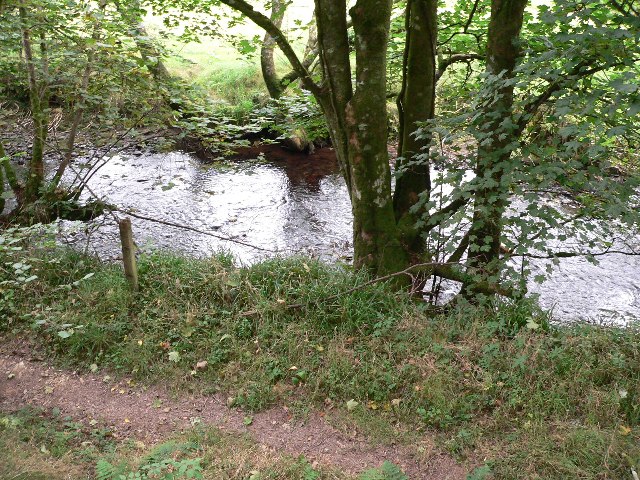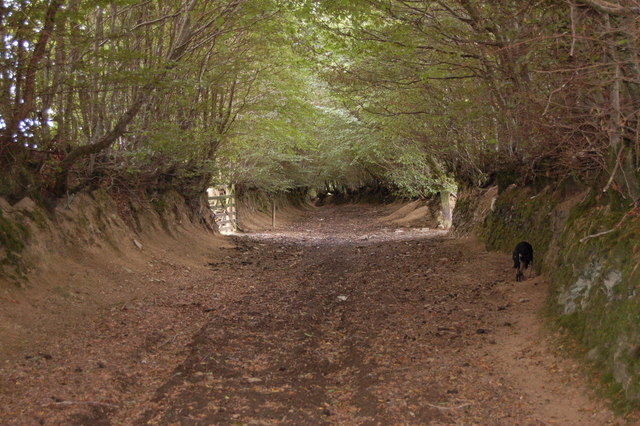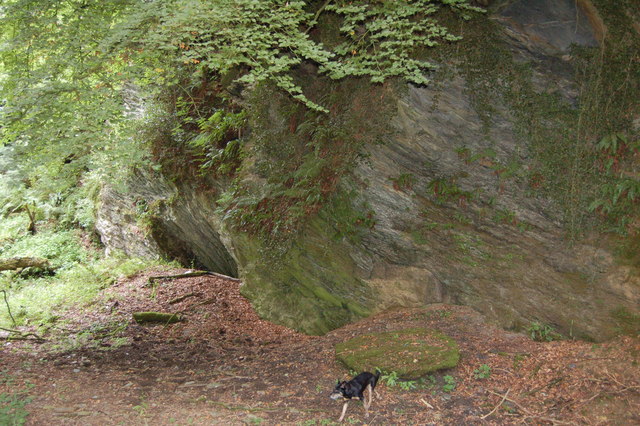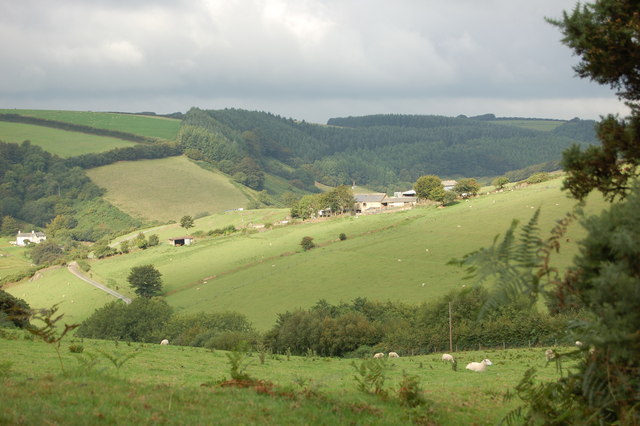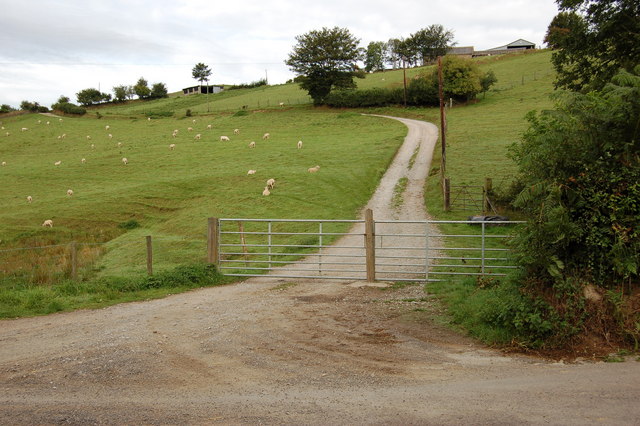Ashcombe Plantation
Wood, Forest in Somerset Somerset West and Taunton
England
Ashcombe Plantation
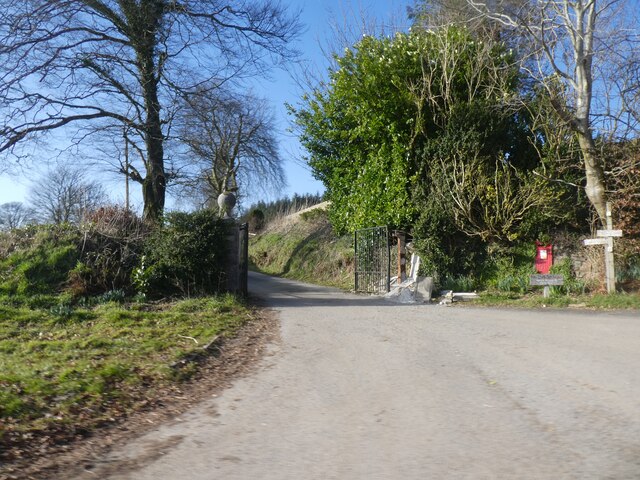
Ashcombe Plantation is a picturesque woodland area located in Somerset, England. Nestled amidst the rolling hills and countryside, this serene plantation covers a vast expanse of approximately 400 acres. It is known for its diverse range of tree species, making it a haven for nature enthusiasts and wildlife alike.
The forest is primarily composed of deciduous trees such as oak, beech, and ash, which create a stunning canopy overhead. These trees provide a rich habitat for a variety of bird species, including woodpeckers, owls, and thrushes. Additionally, the plantation is home to an abundance of wildlife, including deer, foxes, badgers, and rabbits.
Ashcombe Plantation boasts several well-maintained walking trails that wind their way through the enchanting woodland. These trails offer visitors the opportunity to immerse themselves in nature and appreciate the tranquility of the surroundings. The plantation also features picnic areas, allowing visitors to relax and enjoy a meal amidst the beauty of the forest.
Furthermore, Ashcombe Plantation is not only a place of natural beauty but also holds historical significance. The plantation has been carefully preserved over the years, showcasing remnants of ancient earthworks and stone structures dating back centuries. These historical features provide a glimpse into the past and add an air of intrigue to the woodland.
Overall, Ashcombe Plantation in Somerset is a true gem for those seeking a peaceful retreat in nature. With its diverse range of tree species, abundant wildlife, and historical significance, it offers a unique and captivating experience for visitors of all ages.
If you have any feedback on the listing, please let us know in the comments section below.
Ashcombe Plantation Images
Images are sourced within 2km of 51.127748/-3.5966059 or Grid Reference SS8837. Thanks to Geograph Open Source API. All images are credited.
Ashcombe Plantation is located at Grid Ref: SS8837 (Lat: 51.127748, Lng: -3.5966059)
Administrative County: Somerset
District: Somerset West and Taunton
Police Authority: Avon and Somerset
What 3 Words
///scream.defends.presenter. Near Porlock, Somerset
Nearby Locations
Related Wikis
Road Castle
Road Castle is an Iron Age bank and ditch in the West Somerset district of Somerset, England. The hill fort is situated approximately 2 miles (3.2 km)...
Church of St Mary Magdelene, Exford
The Anglican Church of St Mary Magdelene in Exford, Somerset, England was built in the 15th century. It is a Grade II* listed building. == History == Nothing...
Exford, Somerset
Exford is a rural village at the centre of Exmoor National Park, 7 miles (11 km) north-west of Dulverton, and 10 miles (16 km) south-west of Minehead,...
Exmoor
Exmoor is loosely defined as an area of hilly open moorland in west Somerset and north Devon in South West England. It is named after the River Exe, the...
Related Videos
Walking The Coleridge Way | 51 miles In The Footsteps Of Poetry
The Coleridge Way runs for 51 miles from Nether Stowey on the edge of the Quantock Hills AONB, to Lynmouth on the coast of ...
Epic Exmoor: Hiking, Wild Swimming and The South West Coast Path #greenspaces #wellbeing
This hike begins at the free County Gate carpark (EX35 6NQ) in the incredible Exmoor National Park. From here we follow the ...
Beautiful walk in Exmoor National Park! #walking #nationalparks
A walk through the Lorna Doone Valley in Exmoor National Park, from National Trust cafe The Buttery and along the East Lyn ...
Dartmoor National Park | A Walk Around Lydford Gorge
Featuring Whitelady Waterfall, Tunnel Falls, and Devil's Cauldron and more, this classic 3 mile circular walk in Dartmoor National ...
Have you been to Ashcombe Plantation?
Leave your review of Ashcombe Plantation below (or comments, questions and feedback).



